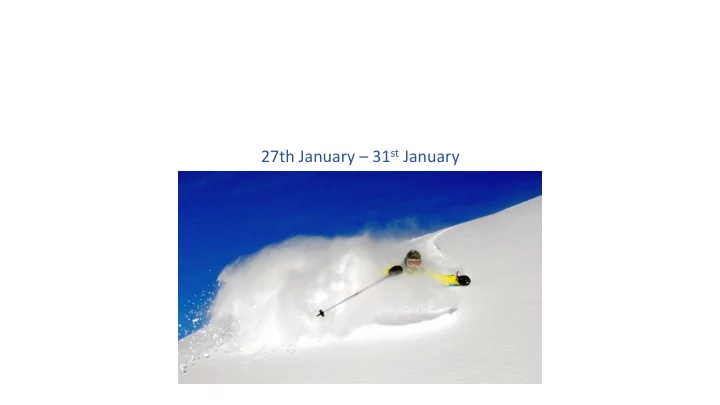

27th January – 31 st January
Facial Hair Transplant The Beard Mr Michael W. May FRCS The Wimpole Clinic
Introduction • Beards are in fashion • Some clinics are performing 3-4 beard hair transplants per month • 7% of hair transplant surgeries are now to non-scalp areas, such as eyebrows, eyelashes and beards. • Beards consist mainly of single-hair follicular units, which start during puberty. They are driven by Androgens (as compared to scalp hair)
Reasons for Beard Transplants • Scars • Traction Alopecia (for example, with Sikh men) • Congenital Hypo/Alopecia • Post Folliculitis Scarring • Long-standing Alopecia Areata • Ethnic Groups: Middle-Eastern Men > Caucasian Men > Oriental Men STRONG BEARD > MODERATE BEARD > WEAK BEARD
Definition The Follicular Unit consists of 1-4 terminal follicles, 1 vellus follicle, a sebaceous gland and arrector pili muscles, with its own blood and nerve supply surrounded by a fibrous sheath. Two Extraction Methods Conventional ‘Strip’ Method Large Sessions Perfect Grafts – Microscopic Dissection Men with no intention of shaving their head – often older
Follicular Unit Extraction (FUE) Less Invasive No Linear Scar Younger men with smaller sessions, who keep hair very short or shaved
Donor Hair and Beard Hair Donor Hair – Follicular Units Beard Hair – Mainly Thick of 1-4 Hairs Single-Hair Follicular Units
Local Anaesthetic of Beard Area • Very painful • Nerve blocks can be used • Infraorbital nerve: Gingivolabial Sulcus between canine and premolar – Moustache area and upper lip • Mental Nerve - Gingivolabial Sulcus between two lower premolars Lower lip and chin area • EMLA cream afterwards. FIELD ANAESTHESIA
Placing Grafts • Moustache: 400 Grafts • Goatee: 600-800 Grafts • Both Cheeks: 1200-1500 Grafts • Avoid deep incisions • Incisions are sharply angled • Direction of beard growth changes. Follow any existing hairs. • Vital nerves, ducts, vascular structures, branches of V and VII, parotid gland and duct, superficial veins and arteries
CASE 1 Post-Op Pre-Op
6 Months 1 Week
CASE 2 Donor Area Pre and Post-Op (FUE Method)
During Op Pre-Op
Post-Op
CASE 3 Pre-Op (‘Strip’ Method)
During-Op (‘Strip’ Method)
Placing Grafts Post-Op
CASE 4 Before and After
CASE 5 Before and After
CASE 6 Before and After
CASE 7 Before and After
Recommend
More recommend